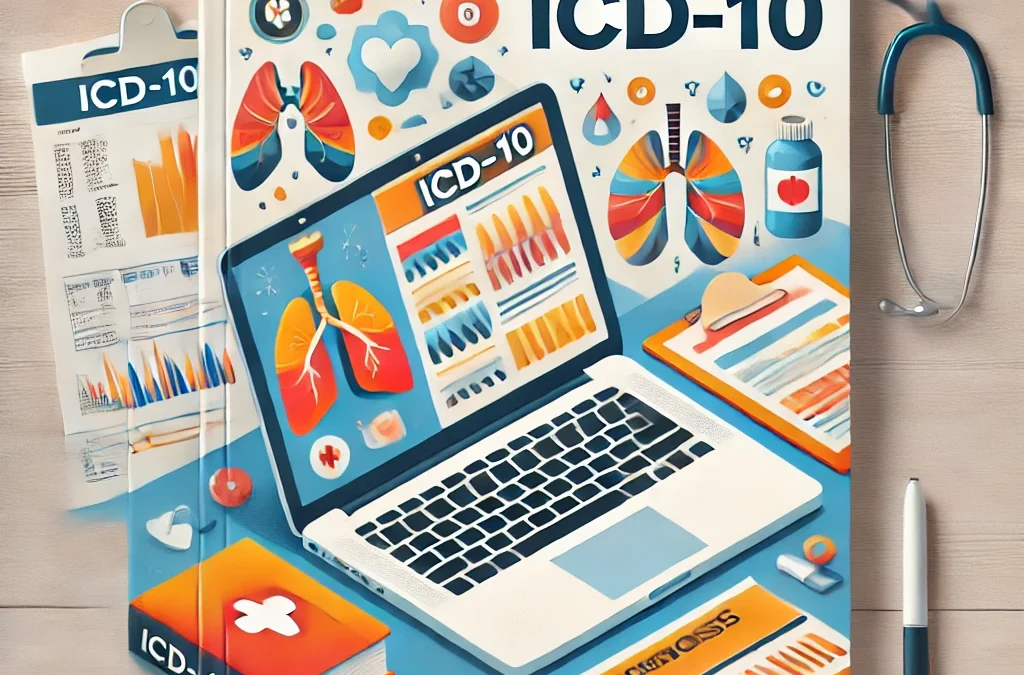How to Code Diagnoses in ICD-10
ICD-10, or the International Classification of Diseases, 10th Edition, is a global coding standard used to classify diagnoses. Learning
to code accurately using ICD-10 is essential for medical professionals and coders working in healthcare billing and documentation.
Introduction to ICD-10 Coding
ICD-10 codes describe the nature of a patient’s condition, helping healthcare providers document care and insurers process claims. This
coding system is crucial for accurate billing and effective patient care management.
Structure and Format of ICD-10 Codes
- An ICD-10 code consists of alphanumeric characters.
- The first character is always a letter, followed by numbers.
- Each section of the code provides specific information about the diagnosis.
Key Guidelines for ICD-10 Coding
- Always follow the official coding guidelines provided by the ICD-10 codebook.
- Use the most specific code available to describe the diagnosis.
Steps to Code Diagnoses Accurately
- Review the medical documentation carefully.
- Identify the main diagnosis and any secondary conditions.
- Select the appropriate ICD-10 code using the codebook or an online tool.
Types of Diagnoses Covered by ICD-10
- Chronic Conditions: Examples include diabetes and hypertension.
- Acute Illnesses: Such as respiratory infections or injuries.
- Preventive Health Diagnoses: Vaccination and wellness checkups.
Common Challenges in ICD-10 Coding and How to Overcome Them
- Handle ambiguous documentation by consulting with the healthcare provider.
- Use detailed codes to avoid claim denials.
ICD-10 Code Lookup Tools and Resources
- Use online platforms to search for specific codes quickly.
- Refer to the official ICD-10 codebook for detailed guidance.
Tips for Avoiding Common Errors in ICD-10 Coding
- Double-check codes before submitting claims.
- Stay updated with annual revisions and changes to the codebook.
ICD-10 Coding for Chronic Conditions
Chronic conditions such as diabetes or hypertension require precise coding. When multiple conditions are present, ensure that all relevant
codes are included in the claim.
ICD-10 for Preventive and Wellness Services
Coding for preventive services ensures that patients receive timely care. Use specific codes for vaccinations, checkups, and screenings to
document these services accurately.
ICD-10 in Specialized Medical Fields
- Mental Health: Codes for behavioral and psychological diagnoses.
- Cardiovascular: Codes for heart-related conditions and surgeries.
Training and Certification in ICD-10 Coding
- Explore certification programs to build expertise in ICD-10 coding.
- Participate in continuing education to stay updated with changes in coding guidelines.
Conclusion – Master ICD-10 for Accurate Diagnosis Coding
Accurate ICD-10 coding ensures that healthcare providers deliver effective care while receiving appropriate reimbursement. Mastering this
system is essential for any medical coder looking to excel in the field.
FAQs
How often are ICD-10 codes updated?
ICD-10 codes are updated annually.
Can ICD-10 codes affect insurance claims?
Yes, incorrect codes can lead to claim denials or delays in reimbursement.
Where can I find resources to learn ICD-10 coding?
The official ICD-10 codebook and online courses are excellent starting points.
Is prior coding experience required to learn ICD-10?
No, many training programs are designed for beginners.
What are the differences between ICD-9 and ICD-10?
ICD-10 offers more detailed codes and covers a wider range of medical conditions.


Recent Comments